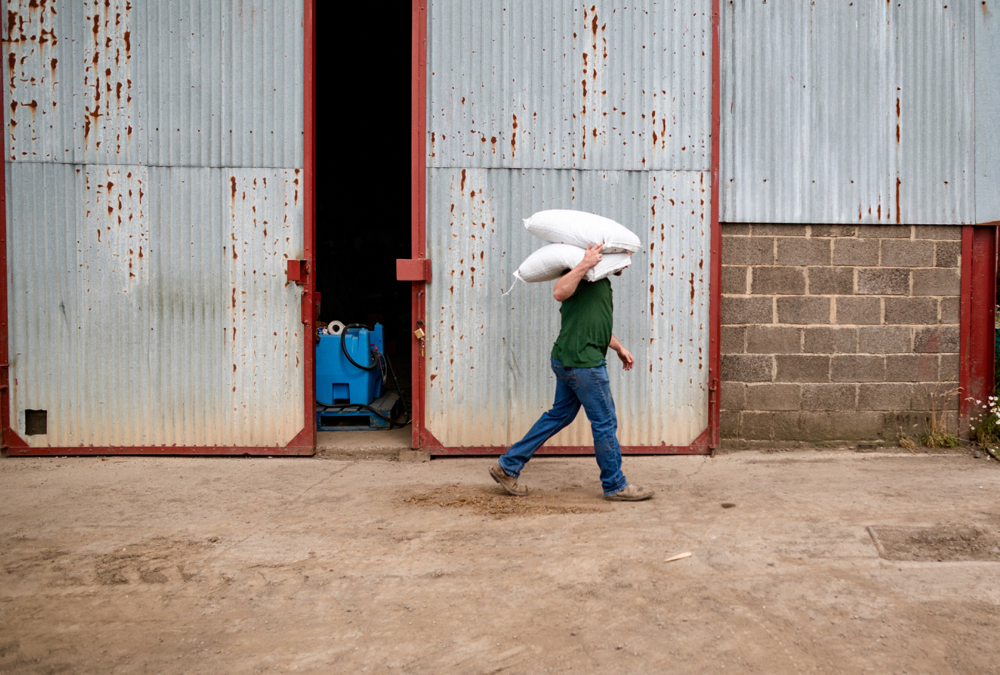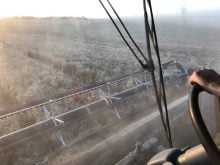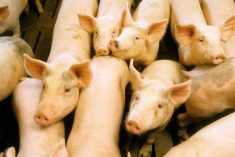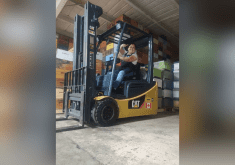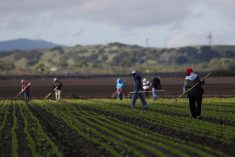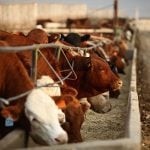Foreign worker advocacy and Indigenous groups will be consulted as the National Workforce Strategy for Agriculture and Food and Beverage Manufacturing is developed, leaders say.
“It’s up to us to look at the world through their eyes and understand what do we have to change to make sure that there’s a place for them at the table,” said Kathleen Sullivan, co-chair of the strategy working group, in an interview with the Co-operator.
In October 2021, a coalition of industry groups including the Canadian Federation of Agriculture and Food and Beverage Canada – of which Sullivan is executive director – announced it would develop a national workforce strategy to address chronic and growing labour shortages in agriculture and food production.
Read Also

Protecting the farm from crime
From better lighting to cameras to reporting to police, here are some things farmers can do to reduce their crime risk.
[RELATED] Changes to TFW program to expand worker availability
At the end of November, working group members shared updates during an online event, the crux of which was that five focus areas have been selected, each with its own roundtable composed of food and agriculture leaders, government officials and academics.
The working groups will address:
- people and workplace culture;
- perception and awareness;
- skill development;
- automation and technology; and
- immigration and foreign workers.
Sullivan co-chairs the immigration and foreign worker group.
Group members will develop work plans and do consultations in the next few months, Sullivan said. This will include talking with organizations that advocate for foreign and migrant workers, immigration and refugee settlement groups and Indigenous groups.
“We need to learn how to have conversations with folks maybe we don’t have enough conversations with,” she said.
Sullivan added that the working groups know they want foreign worker programs that give both workers and employers the needed support and protections. What that looks like is yet to be determined. It may involve developing better paths to permanent residency for workers who want to stay in Canada.
It may also involve building compliance programs that do a better job of rooting out employers who treat workers poorly, instead of auditing employers who have a good track record, Sullivan said.
Group members have also heard that programs are administratively heavy and challenging, she added. Some employers repeatedly hire the same seasonal workers but have to file the same extensive paperwork each year. Workers and employers may also experience uncertainty about when their applications will be processed.
Immigration streams need to be revamped to bring in workers who have the skillset and desire to work in agriculture and food, Sullivan said.
“Those really don’t exist right now beyond some pilot programs.”
The strategy is a two-year project, according to an October 2021 news release from the Canadian Agriculture Human Resources Council. It’s funded by the federal government’s Future Skills Centre.


